Researchers Release Report on People Enslaved by Harvard-Affiliated Vassall Family
Share
Explore Our Galleries
Breaking News!
Today's news and culture by Black and other reporters in the Black and mainstream media.
Ways to Support ABHM?
By Sophie Gao and Alexandra M. Kluzak, Harvard Crimson
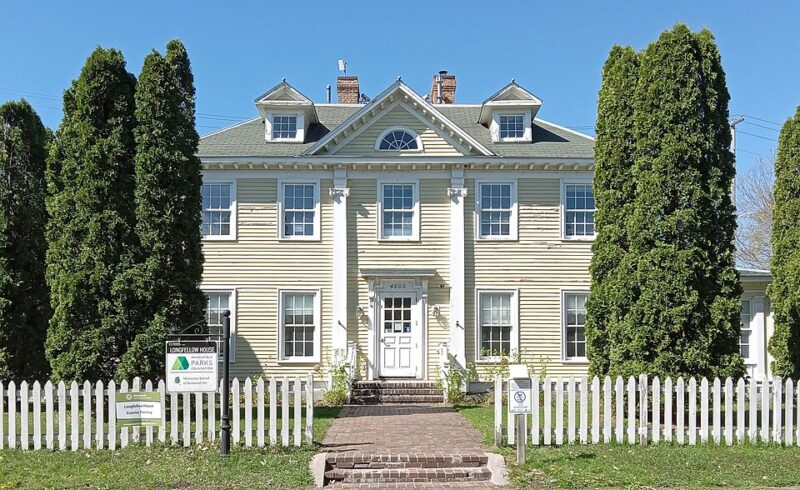
A group of Harvard-affiliated researchers presented an extensive report Thursday on the people enslaved by the Vassall family, whose members were affiliated with the University and lived at the Longfellow House in Cambridge.
The report, spanning more than 260 pages, chronicles the lives of Cuba and Anthony Vassall and their children, who were enslaved by the Vassall family. The document describes in new detail the Black Vassalls’ efforts to win freedom, start their own businesses, and later advocate for abolition.
“They were always big players in a broader story,” said African and African American Studies lecturer Carla D. Martin, the project’s co-principal investigator, in an interview after the Thursday webinar. “The big focus change that we did was, we made them the center.”
The scholars conducted their research on the Vassalls independently of Harvard’s own slavery research effort, the $100 million Harvard & the Legacy of Slavery initiative. The report will inform future visitor programming at the Longfellow House, a national historic site known as Washington’s Boston headquarters during the Revolutionary War and later as the residence of the famed poet Henry Wadsworth Longfellow.
Cuba and Anthony’s family were among thousands enslaved by the Vassalls between 1747 and 1774. Samuel Vassall, an ancestor of the Vassalls, also led the Guinea Company, which held a monopoly on the West African slave trade in the 17th century and helped make the slave trade a major industry.
“The white Vassalls were important slave traders,” said Caitlin G. DeAngelis, Martin’s co-principal investigator, in the presentation. “They weren’t minor slave traders or incidental slave traders.”
Learn about the Vassalls’ ties to Harvard.
Discover the reality of slavery.
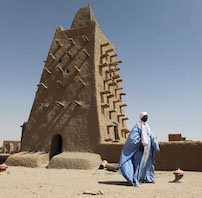
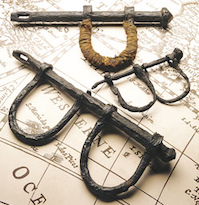
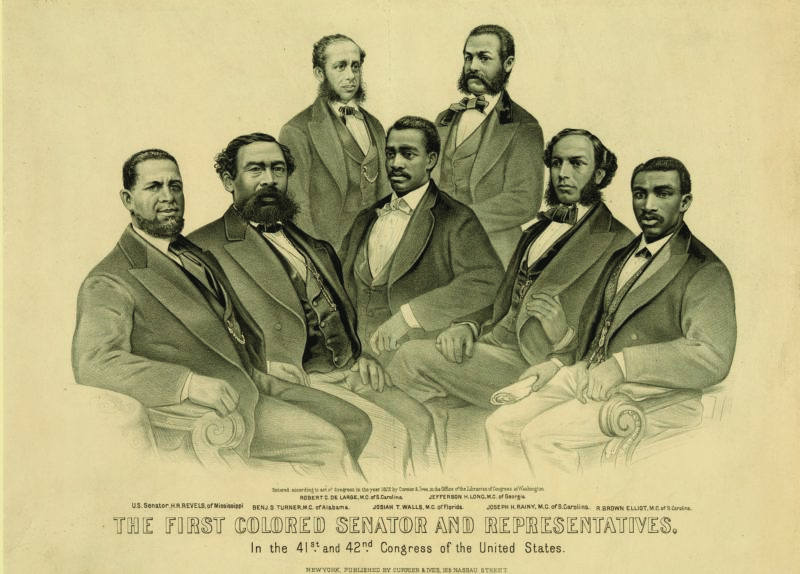
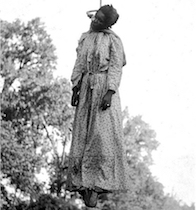
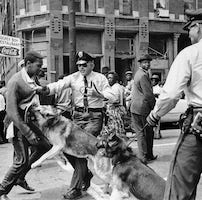
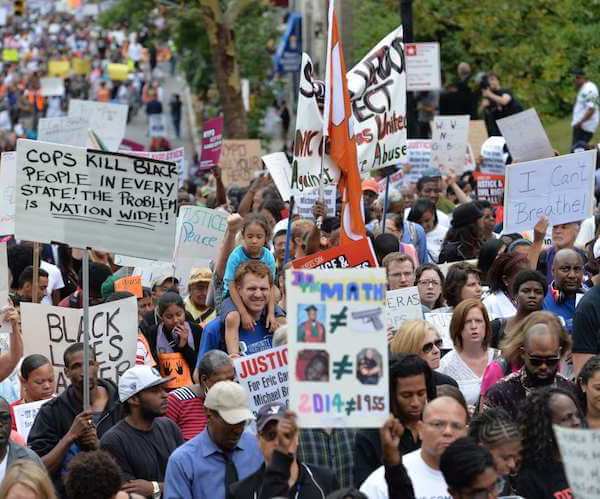
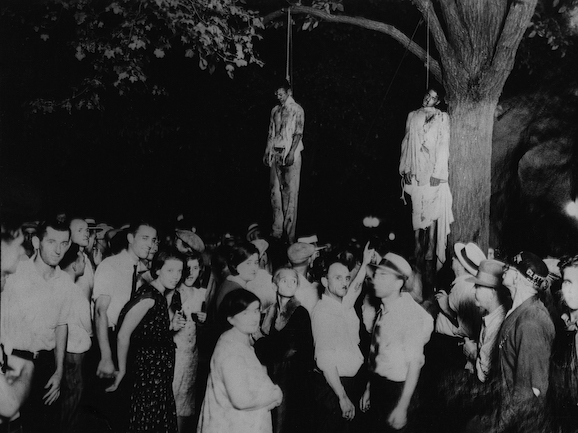

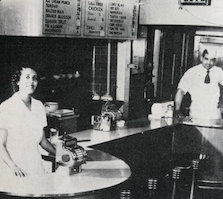
Comments Are Welcome
Note: We moderate submissions in order to create a space for meaningful dialogue, a space where museum visitors – adults and youth –– can exchange informed, thoughtful, and relevant comments that add value to our exhibits.
Racial slurs, personal attacks, obscenity, profanity, and SHOUTING do not meet the above standard. Such comments are posted in the exhibit Hateful Speech. Commercial promotions, impersonations, and incoherent comments likewise fail to meet our goals, so will not be posted. Submissions longer than 120 words will be shortened.
See our full Comments Policy here.